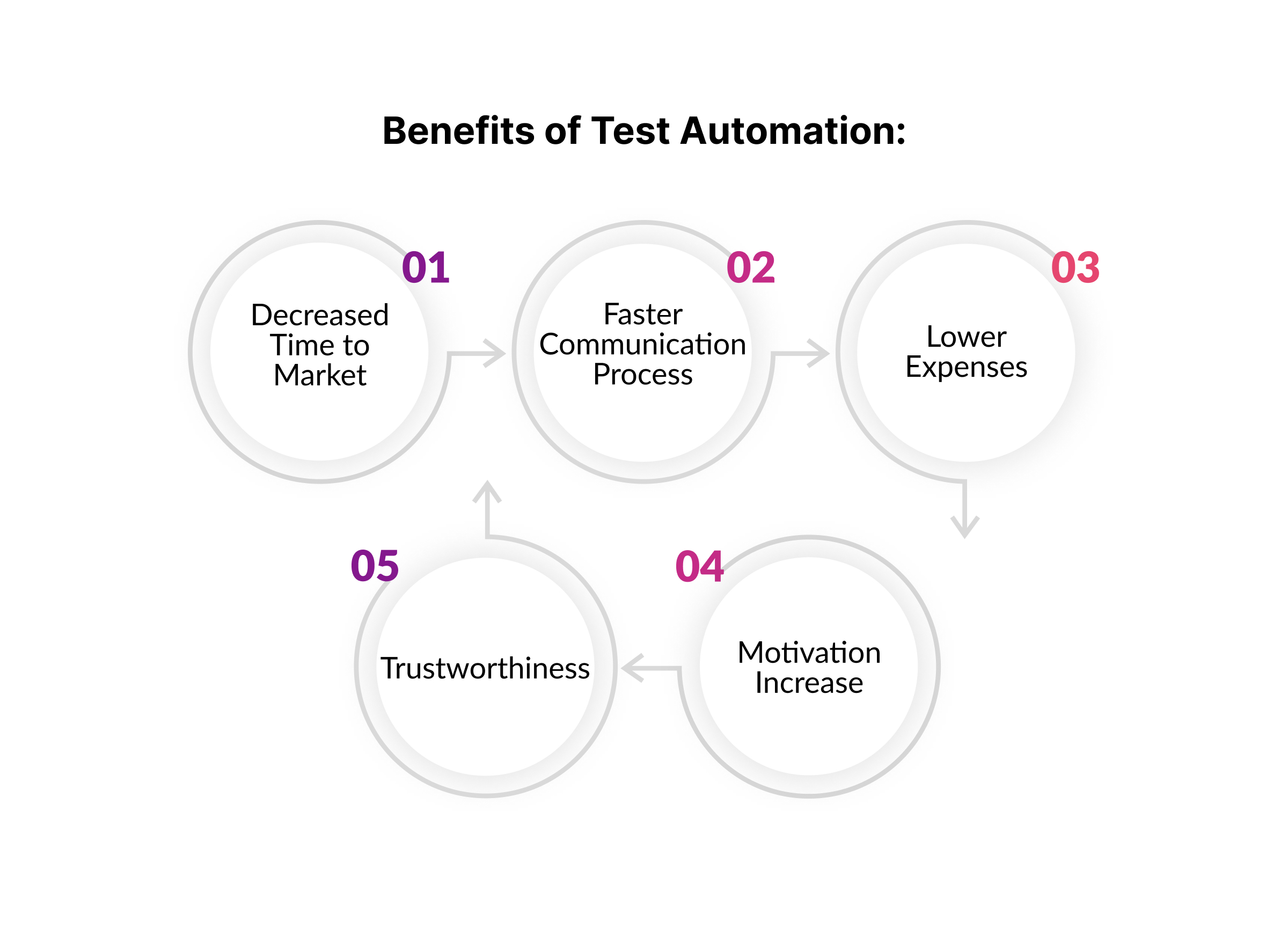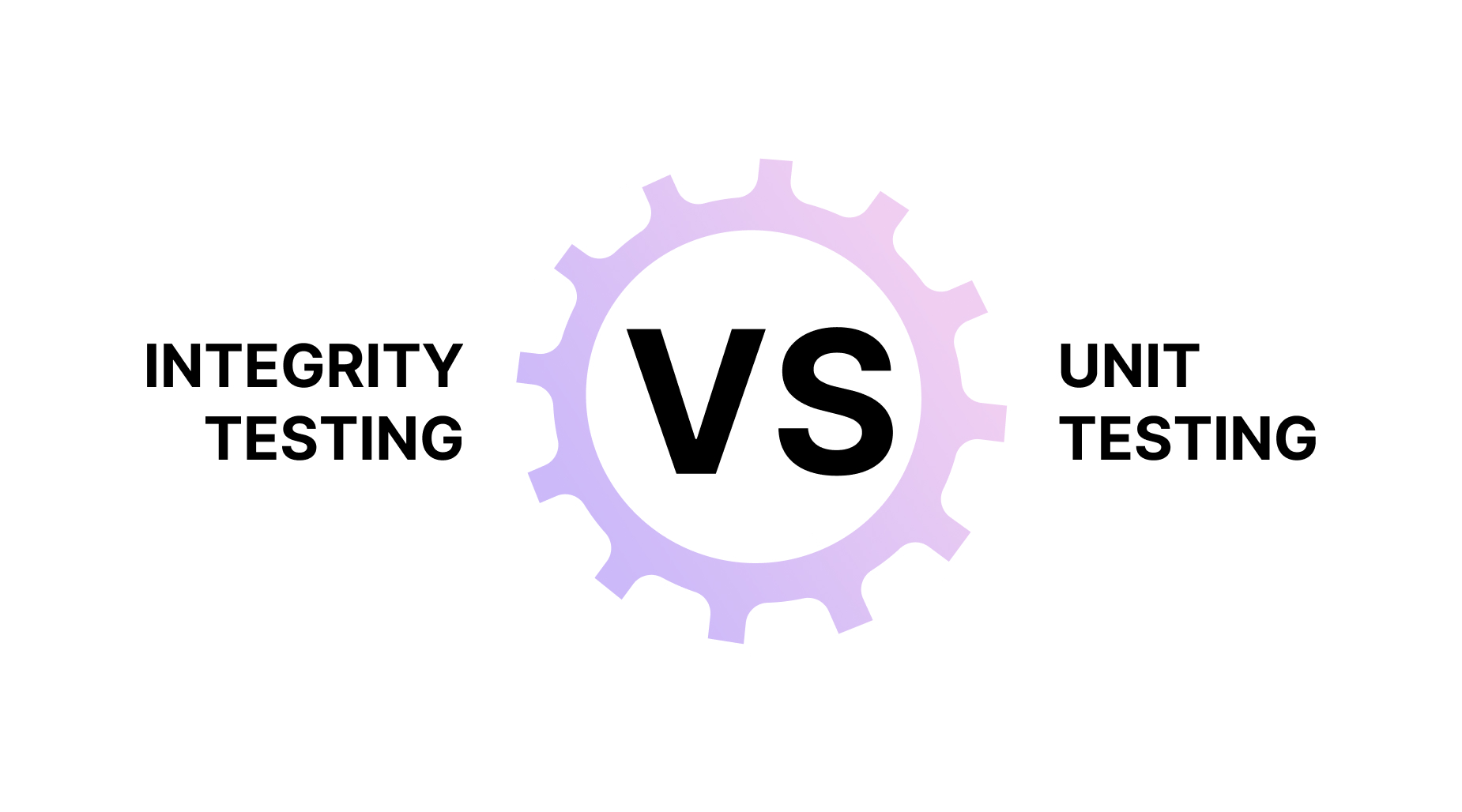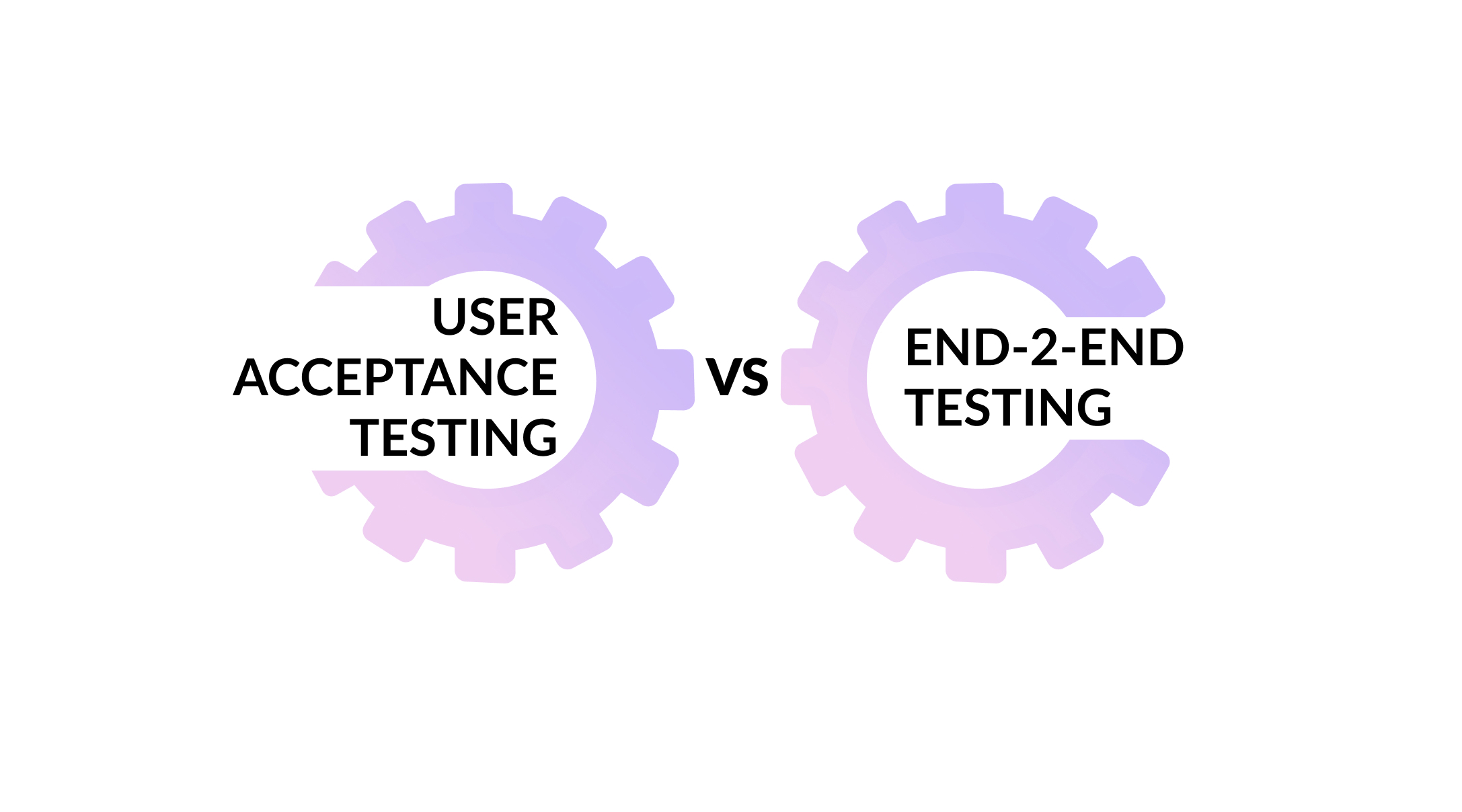The field of software development is now expanding significantly. You might have already observed it in the number of organizations that primarily rely on IT technologies, as well as in the development cycle itself, countless meetings, and the increasing number of software developers.
A company needs more specialized software the more specific requirements it has. More effort needs to go into creating such a product. The software development field is booming. Both the business and its software change as time passes.
Consider a risk when updating a working software product because any malfunctioning feature could result in revenue losses. Since the software is what the business depends on. Software testing and quality assurance, therefore, require a lot of work to guarantee such issues avoidance.
Test Automation: Definition
Before software is put into production, automated testing occurs and verifies that it is working correctly and that the criteria are being met. This technique for testing software employs scheduled sequences that special testing tools carry out. Automated testing tools implement software tests, which record and evaluate results compared to previous test runs.
A company can use automated tests for various situations, including unit, API, and regression testing. The fundamental advantage of automated software testing is that it reduces as much manual work as possible into a series of scripts. For instance, test automation might be the best option if a QA team’s resources are heavily invested in unit testing.
Writing additional code to prepare a test suite typically has only one goal: ensuring that the tested system acts as intended. Handling automated testing requires some programming expertise.
There are user-friendly test automation tools that feature an excellent graphical user interface. Such products are widely available, including Selenium, Cypress, iMacros, and TestComplete, to mention a few.
Benefits of TEST AUTOMATION

Here are the advantages of automation testing:
Improved Productivity and Decreased Time to Market
Automation testing saves time, even considering sophisticated and extensive systems. This makes it possible to perform testing frequently, resulting in better and quicker findings with noticeably less work and time spent.
Faster Communication Process
It is no secret that test case execution is sped up by test automation using tools like Selenium and Cypress. For instance, repeated tests like integration and regression testing benefit from the quicker work of machines.
Teams may receive feedback more often with fast tests and quicker findings, which enables them to identify problems and enhance performance. Agile life cycles include frequent and quick feedback loops as a necessary component. Developers should publish code, receive comments, and subsequently improve the code. Every sprint must entail this iterative method.
Lower Expenses
Even while the initial investment required for automation testing is relatively high-end, the company ultimately saves lots of money thanks to it. The tests now take significantly less time to run, which is the main reason. Additionally, because there is no room for human error, the work produced is of a far better standard. This reduces the need for bug fixes post-deployment, sparing the project a significant sum of money.
Trustworthiness
Imagine how tiresome and boring it is to run the same test cases repeatedly. People are bad at this job because, over time, they get habitual and accustomed to specific things.
Computers, in contrast, are excellent at performing the same task continuously. They won’t skip a single test case if not explicitly told to. Any departure from anticipated test results will be instantly notified. Eventually, each execution of the automated tests will carry out identical tasks.
Motivation Increase
People can invest more time in artistic pursuits when liberated from repetitious tasks. This benefits the employer as well as the employee. A company with an empowering culture will attract and retain happier, more engaged employees.
Types of Automated Tests
Understanding the many kinds of automated testing available before introducing test automation in your QA department is crucial. This might help you understand how extensive a test automation program you can include in your existing QA processes.
Additionally, being aware of the various test types enables you to make intelligent choices on the forms of testing that will produce the best outcomes for your corporate structure.
These automated testing examples are pretty straightforward.
The automated testing techniques examples are given below.
Integrity Testing VS Unit Testing

Integration Tests
Running integration tests should focus on the following three goals:
- Since various teams or developers may have created these modules, integration tests help verify alignment between them when they cooperate to complete a task.
- These tests ensure proper data flow between modules in validating the application's interfaces.
- Integration testing guarantees smooth communication between modules.
Unit Tests
The main objective of unit testing is to separate written code for testing to check if it works as intended. Unit testing is a crucial stage in the development process because, when done correctly, it can aid in finding early code flaws that could be more challenging to identify in subsequent testing phases.
UAT VS E-2-E

User Acceptance Testing
UAT aims to ensure that the program, website, or application can carry out all necessary functions in real-world situations and per user requirements. A common name for this type of UAT procedure is beta testing. This final testing phase aims to ensure that the project is free of any bugs that would prohibit users from using it after its release.
END-2-END TESTING
End-to-end testing is a technique used in the software creation process to evaluate an application’s capabilities and performance in actual life using data that closely resembles real-world conditions. The objective is to recreate a real user scenario in the simulation completely.
The Best Programming Language for Automated Testing

PYTHON
Python is the best language to study for test automation in the upcoming year to advance your knowledge. Python is preferred because it offers a vast library that enables developers to perform the proper tasks without writing new code for each operation.
But for the test script to effectively execute, one must have a concept of where to implement the programs. The best language to learn, with a very straightforward syntax for beginners who want to develop test scripts.
Python uses straightforward English words that are rememberable. Python-based Cypress is simple to read because of the easiness of the code.
JavaScript
Our next choice from the list of top languages for automation testing is Java. The use of Java programming to automate tests is widespread. Many businesses use Java as their primary programming language because of its dependability.
To include Java’s coding syntax in the test scripts, you must invest the time and effort necessary to become proficient.
Selenium WebDriver/Cypress and Java Unit work well together to enhance the capability of automated browser testing for websites and web applications.
C#
This programming language uses the .NET framework and relatively quickly processes test scripts for automated testing.
The C# programming language enables effective testing of different operating systems applications. Additionally, it can integrate with Selenium WebDriver, which facilitates and simplifies the automated testing process. This language is suitable for automation testing because of its user-friendly features.
When Is Test Automation Most Advantageous?
The software projects that have been in operation for a long time are in use and have the best ROI for test automation.
They also work for projects that have yet to reach the release stage but have at least some capabilities in place. It may need clarification, but test automation should be implemented in projects as early as feasible, with at least a straightforward test scenario.
The explanation is straightforward: initially, it’s far less expensive. Along with the software product, a protective layer of automated tests expands. This has an immediate effect on the product, which is made to be testable right away.
Wrapping Up
With all the advantages of test automation, one can confidently state that this process is worthwhile. Suppose only stakeholders commit a set amount of dollars to hire individuals assigned to creating, developing, and maintaining test automation. In that case, many software projects may profit from automation right from the start.
Test automation is ultimately a wise investment in the long-term dependability of your program. Find a means to put it into practice right away to save future worry and expenses.
Quintagroup can offer many automation programmers with well-proven expertise according to your project’s requirements. Get a consultation and hire the best-chosen external automation experts.
